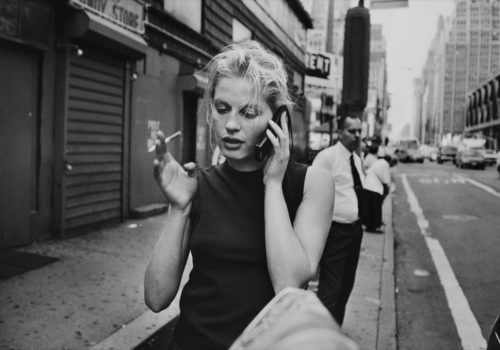Today, anyone who deals with “street photography” sees a broad spectrum of social, humanist, political or documentary motivations and views, which have only one thing in common: the street . The origin of ‘street photography’ can therefore be assumed to originate from the Parisian studies Paris pittoresque and Le vieux Paris by Eugène Adget, which emerged towards the beginning of the last century. Eugène Adget documented the streets of his hometown Paris with a large 18×24 plate camera around 1900. The most important development, however, for ‘street photography’ was the invention of the compact Rolleiflex camera, developed around 1927 as a prototype of a small and fast hand camera.
This article is reserved for subscribed members only. If you are already a member, you can log in here below.
Subscribe for full access to The Eye of Photography archives!
That’s thousands of images and articles, documenting the history of the medium of photography and its evolution during the last decade, through a unique daily journal. Explore how photography, as an art and as a social phenomenon, continue to define our experience of the world. Two offers are available.
Subscribe either monthly for 8 euros (€) or annually for 79 euros (€) (2 months offered).
















